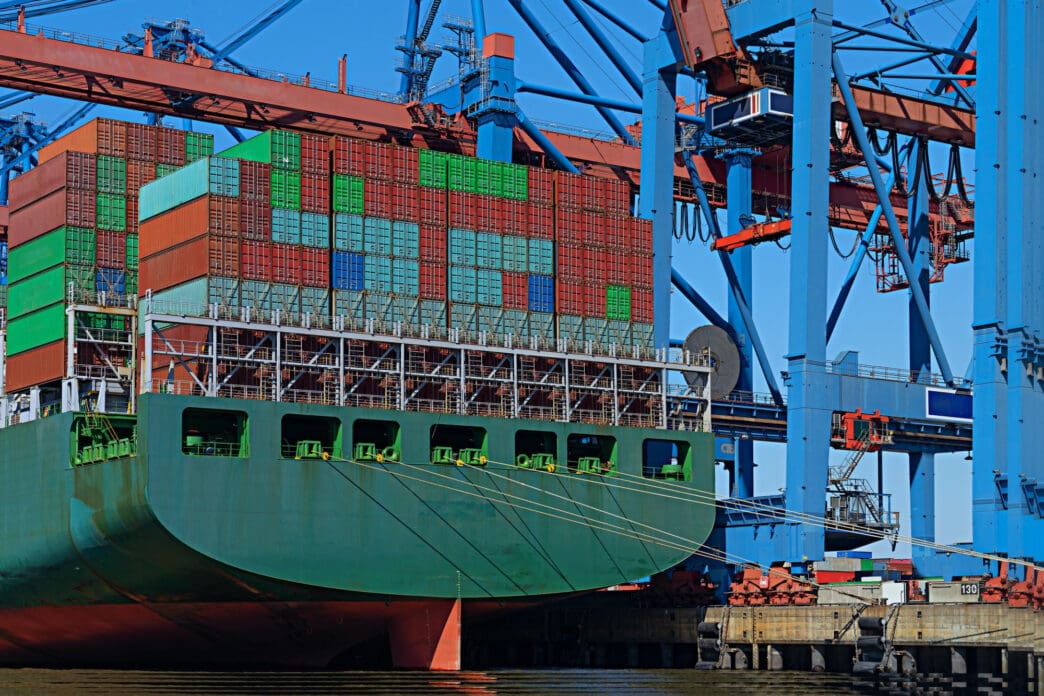Executive Summary
The Story So Far
Why This Matters
Who Thinks What?
President Donald Trump and Chinese President Xi Jinping met in South Korea on Thursday, revealing initial plans for a trade deal aimed at de-escalating the ongoing trade war. The agreement includes a 10% reduction in US tariffs on Chinese goods, a delay in China’s rare earth export controls, and increased Chinese purchases of American soybeans. However, analysts suggest these measures are unlikely to significantly address the deeper economic challenges plaguing both the United States and China.
US Economic Landscape
The proposed trade agreement aims to alleviate some of the economic strain felt by businesses and consumers since Trump returned to office. While a 10% tariff reduction brings the effective rate on Chinese exports down to 47%, experts believe more comprehensive actions are needed to heal festering economic wounds.
For American soybean farmers, who have been severely impacted by China’s embargo since May, the agreement may offer relief, but potentially too late. China’s historical role as the largest export market for US soybeans means the embargo significantly depressed prices, and with peak harvest season underway, many farmers may have already sold their yields at lower rates.
The US job market, which was already weakening before the trade war, has seen hiring slow to a crawl in recent months. President Trump’s aggressive tariffs have exacerbated this uncertainty, leading businesses to hesitate on hiring and even initiate layoffs. The Bureau of Labor Statistics indicates more unemployed individuals than available jobs for the first time in years.
Beyond tariffs, advancements in artificial intelligence are also contributing to job cuts, as evidenced by Amazon’s recent layoffs. Federal Reserve Governor Christopher Waller noted in recent remarks that if AI represents a structural shift in labor demand, monetary policy may not be an effective tool to fix the systemic damage. Concerns also exist that lower interest rates could fuel inflation, already high due to tariffs and tighter immigration controls affecting labor supply.
China’s Economic Woes
Despite the resilience of its exports amid President Trump’s tariff offensive, China continues to grapple with long-standing domestic economic issues. These challenges include a prolonged property downturn, persistent deflation, dampened consumer confidence, and high youth unemployment, which limit the immediate benefits of any trade deal.
Louise Loo, head of Asia economics at Oxford Economics, stated in a note on Thursday that the revised trade terms are unlikely to materially shift China’s structural challenges, where tariffs are “fading in macro relevance.” She estimated that a fentanyl-related tariff reduction, part of the deal, might add only a “marginal” 0.2% to China’s growth forecast next year.
Recent economic data further illustrates a gloomy outlook for China, with factory-gate prices declining for the 36th consecutive month in September, indicating ongoing deflation. Consumer demand is also waning, with retail sales growth slowing to a 10-month low of 3% in September compared with a year ago.
The property sector remains a significant concern, as new home prices sank in September at their fastest pace in 11 months, despite it typically being a peak season for spending. This protracted slump, which began in 2021 with developer debt defaults, is expected to continue weighing on consumer sentiment.
A Preliminary Agreement
The agreement reached between President Trump and President Xi is currently a preliminary draft, requiring further negotiations between American and Chinese counterparts to become a finalized deal. While it provides immediate relief by removing the threat of an additional 100% tariff on Chinese exports, analysts remain skeptical that it will fundamentally resolve the deep-seated economic challenges facing either nation.








